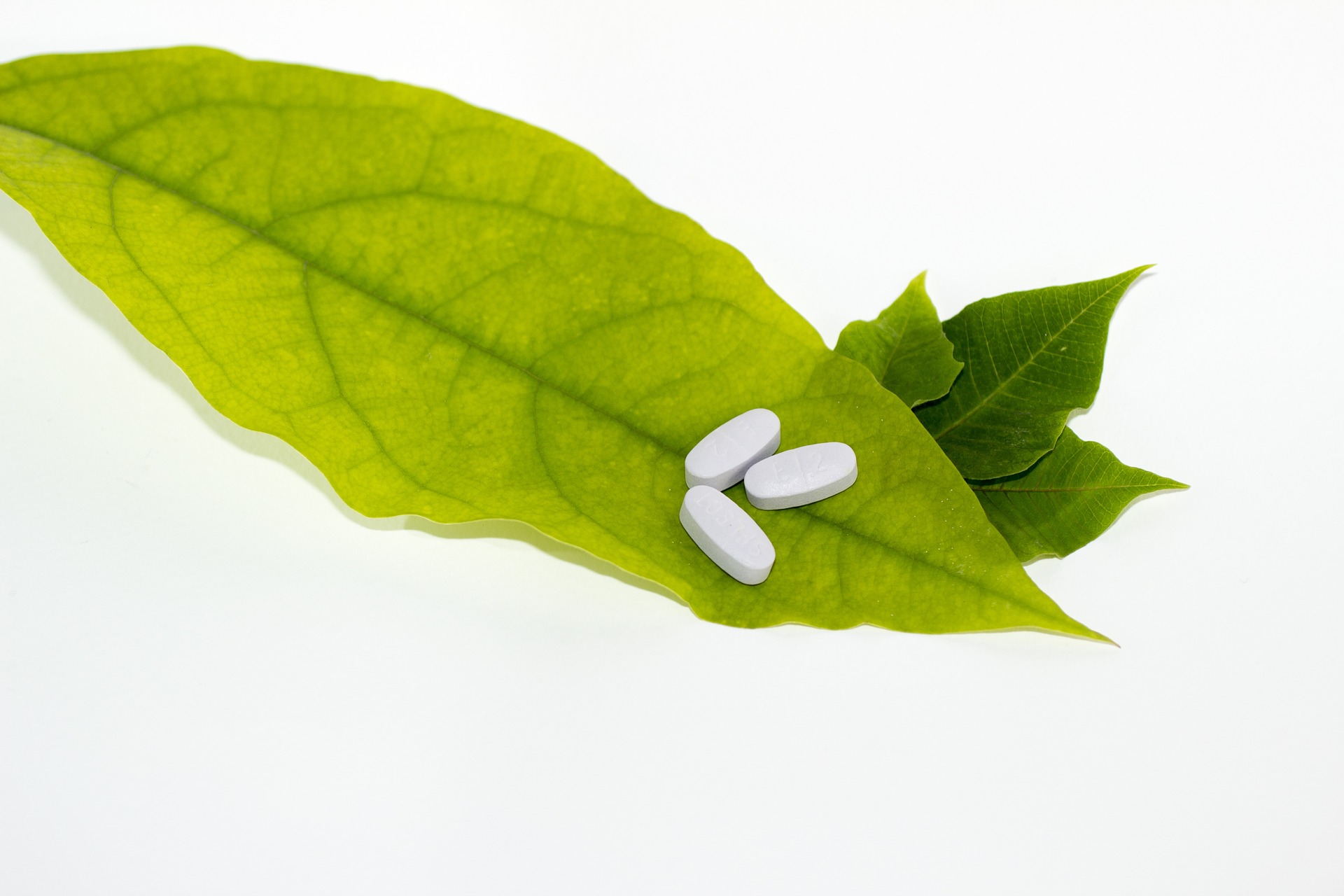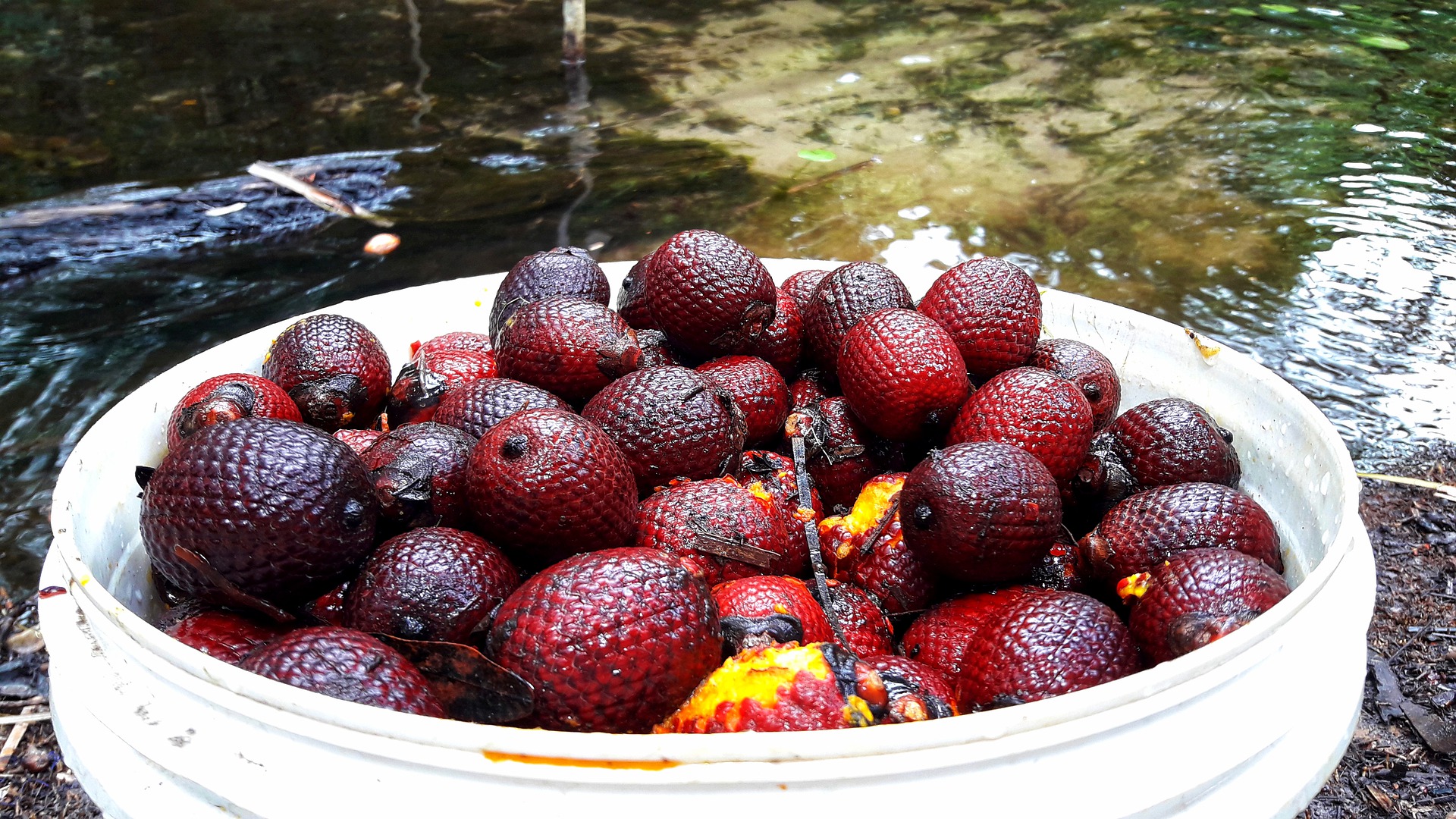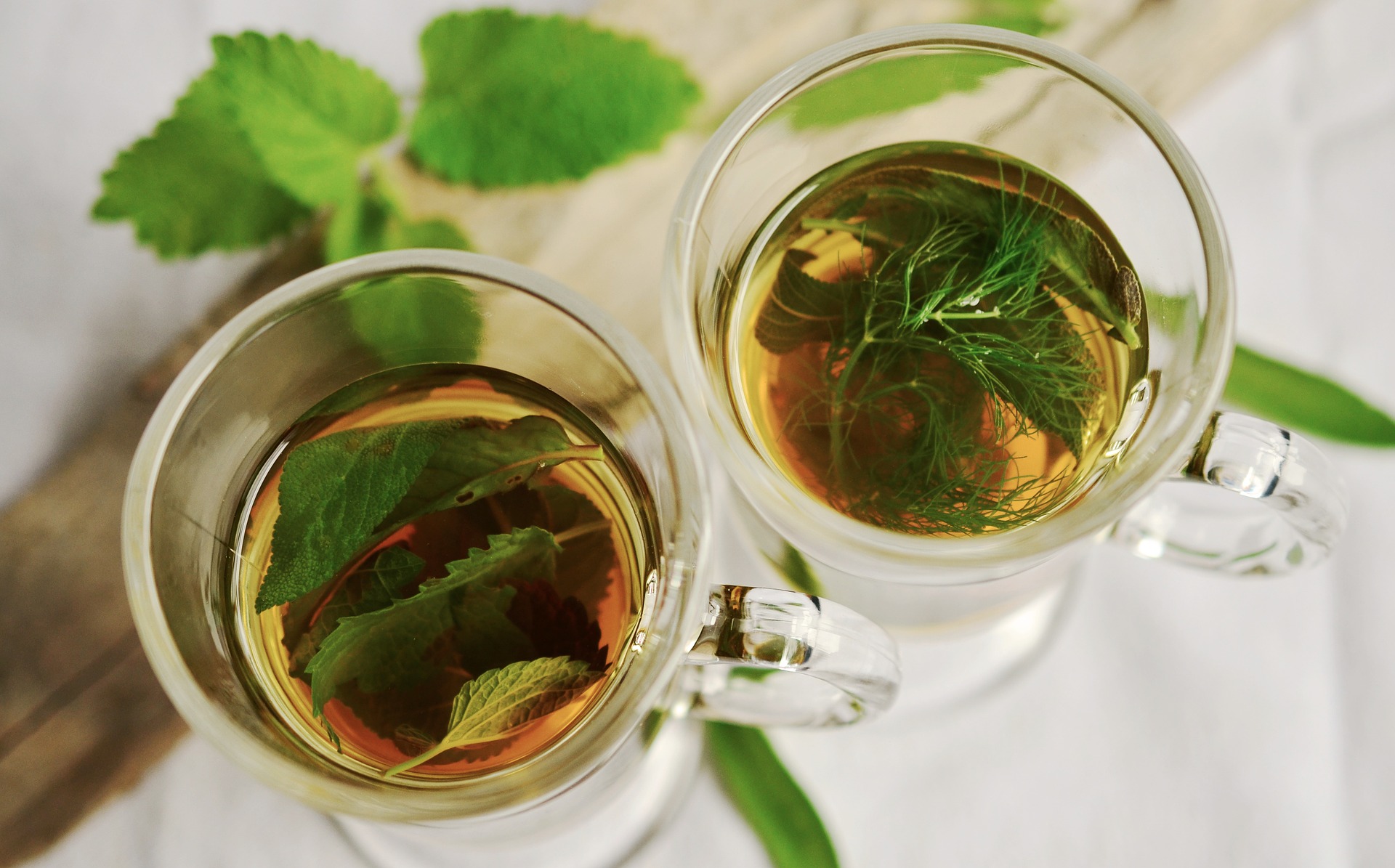Início Farmácia viva, o cuidado farmacêutico nas unidades básicas de saúde no Nordeste
plantas medicinais

Farmácia viva, o cuidado farmacêutico nas unidades básicas de saúde no Nordeste
Resumo:
Introduction: This article reports the importance of live pharmacies in primary care, pointing out their trajectory and their contribution to the Unified Health System (SUS) through the insertion of herbal medicines through Ordinance No. 886, developing the cultivation, collection and processing of regional medicinal plants safely and effectively in handling and dispensing practices, thus meeting the epidemiological profile of the population. Review: To carry out the article, the methods and results used for the study were structured in the narrative bibliographic review that uses electronic databases as a research source, such as Academic Google, Scientific Electronic Lirary Online (Scielo), Revista de Saúde and Government Sites such as the Ministry of Health and Anvisa between 2004 and 2021 in Portuguese. Discussion: The importance of pharmaceutical care together with the multiprofessionals who form the basis of Pharmacy Viva is highlighted, making its writing relevant to increase knowledge about the program and the difficulties faced for the continuity of the service. Final Considerations: It is concluded that the topic is extremely important for users of the Unified Health System (SUS), as it describes the importance of Live Pharmacy and pharmaceutical care in primary care, ensuring greater quality for the user during their access to medicinal plants and herbal medicines.
Keywords: medicinal plants, live pharmacy, phytotherapy, ethnopharmacology, primary care and pharmaceutical assistance.
Expandir Resumo
Acessar Texto Completo

Propriedades medicinais da Mauritia flexuosa
Resumo:
Introduction: The present work is about deepening the knowledge about the medicinal properties of Mauritia Flexuosa, spreading the benefits of extracting the buriti pulp regarding the healing process, inhibiting antibacterial activities, photoprotective to UV radiation and being a supplement rich for supplementation in people with Diabetes mellitus. For the construction of this work, a bibliographic survey of an exploratory nature was used, which is based on the survey of secondary scientific data and the systematization of information, and inserted in the Scielo, Pubmed and Google Scholar databases. Review: the oil obtained from the extraction of the buriti pulp when used alone does not have antibacterial activity against multidrug-resistant strains, but associated with the use of drugs with antibiotic properties potentiates the inhibitory action. Acting as a vehicle for enhancing and transporting antioxidants to prevent damage caused by UV radiation, it is a natural antioxidant capable of slowing the oxidation processes of normal physiological functions, reducing the risk of various diseases, such as DM. There is a need for incentives and the intensification of clinical studies focused on research to improve Buriti's health benefits. Discussion: Mauritia flexuosa L. f. it is part of the Arecaceae family, one of the palm trees with a large distribution index in the national territory, it is considered the symbol palm of the cerrado. One of the main chemical constituents are natural antioxidants that form vitamin E, tocopherols. It can be said that in the oil obtained from the pulp of the fruits of the genus Mauritia flexuosa there are substances that promote benefits in the healing process, Mauritia flexuosa does not show antibacterial activity against very resistant strains when used alone, but when associated with antibiotics, there was potentiation of the action of some drugs, considered as a potentiating vehicle and carrier of antioxidants to prevent damage caused by UV radiation, precisely because it has photo protective properties, which helps in the recovery of the epidermis after sun exposure, that nutrition with buriti flour promoted a reduction of oxidative damage to biomolecules. Final considerations: Through this research it was possible to elucidate that Mauritia Flexuosa has a curative capacity when used in conjunction with specific drugs, thus having a great potential benefit when used correctly.
Keywords: Buriti, Mauritia flexuosa, medicinal plants, Cerrado, pharmacology.
Expandir Resumo
Acessar Texto Completo

O uso de fitoterápicos no tratamento de doenças reumáticas e diabetes
Resumo:
The research carried out in search of herbal ingredints has revealed the medicinal property of a vast species of plants, contributing whith a more concretebibliographic and scientific base, in the prescription of such herbs for known pathologies such a rheumatinsm an diabetes. Througth these searches, the studies have brought considerable results,whitch makes it possible to use them in the tratament of various pathologies, including rheumatic diseases, and insulin disorders. Therefore, extracts from natural sources such as medicinal plants often have excellent pharmacological action and no or negligible adverse effects. The present research aims to address the use of herbal medicines in the treatment of rheumatic diseases and diabetes, having as main objectives the use of these as alternatives in the treatment of these respective diseases, as well as the role of the pharmaceutical professional in the face of these pathologies. Finally, this article demonstrates both the acceptance of herbal medicines by the general population, as well as their low investment and high effectiveness of the medication.
Keywords: insulin, medicinal plants, rheumatism.
Expandir Resumo
Acessar Texto Completo


